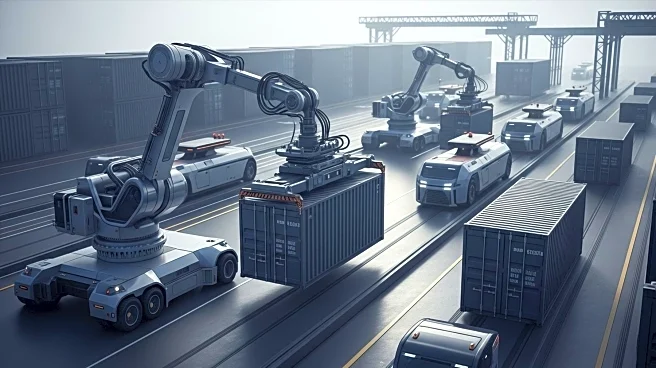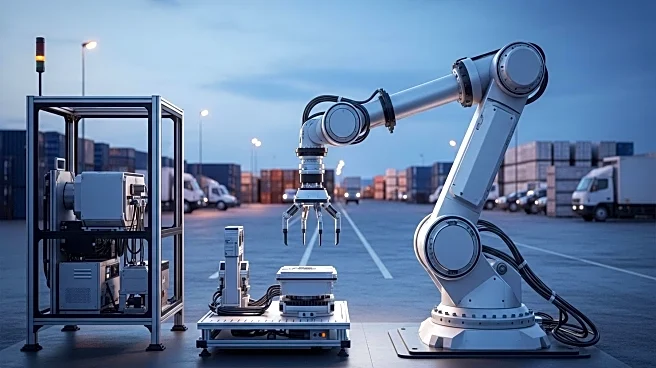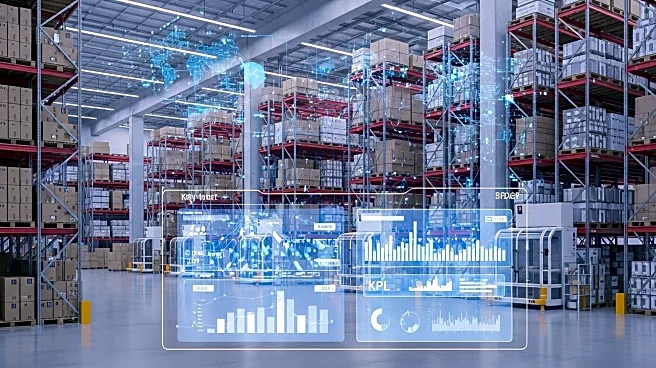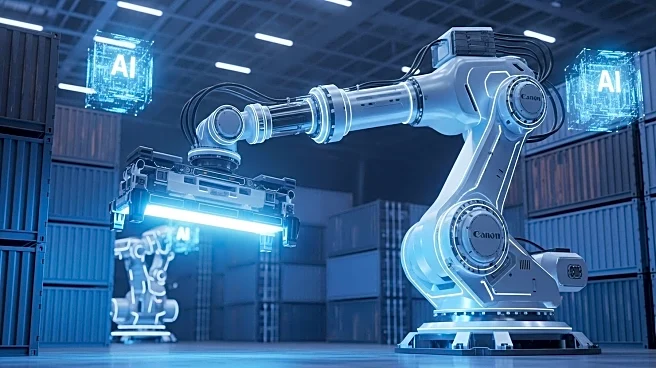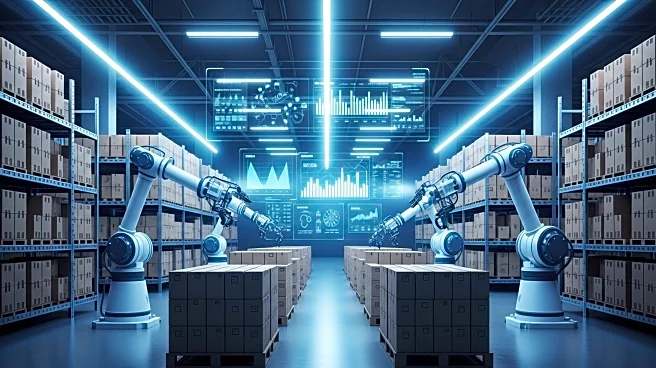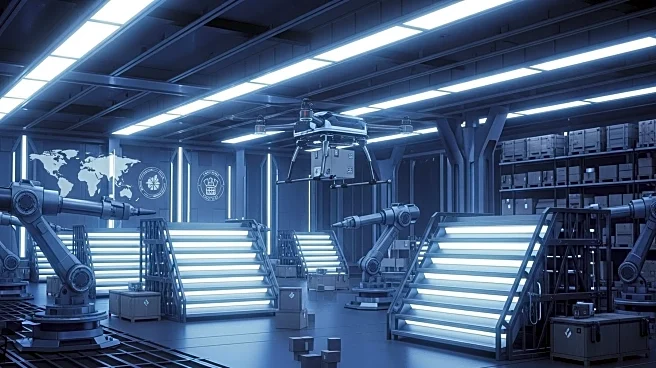What's Happening?
The logistics industry is shifting towards automation to address inefficiencies in yard operations, which are crucial yet often overlooked. Traditional methods, including outdated point solutions and service-heavy frameworks, have failed to provide the necessary visibility and efficiency. The industry is now focusing on implementing Yard Operating Systems (YOS) that leverage automation and artificial intelligence to transform yards into intelligent nodes within a self-optimizing network. This approach aims to bridge the gap between advanced Warehouse Management Systems (WMS) and Transportation Management Systems (TMS), which have already undergone digital transformations, and the analog operations of yards.
Why It's Important?
The adoption of automated Yard Operating Systems is significant for the logistics industry as it promises substantial efficiency gains. Companies that have implemented automation report improvements in trailer turnaround times, reduced dock congestion, and enhanced asset utilization. This transformation is expected to drive down costs associated with detention and demurrage fees, which arise from inefficiencies in yard operations. As the logistics sector continues to evolve, the integration of YOS with existing WMS and TMS platforms will unlock further value, making yards a vital component of the supply chain rather than a bottleneck.
What's Next?
The logistics industry is projected to see significant growth in yard management technology, with market value expected to increase from $2.5 billion in 2024 to over $7 billion by the early 2030s. This growth is driven by the measurable impact of automation on yard operations. As more companies adopt AI-native Yard Operating Systems, the industry will likely see a shift from service-heavy frameworks to tangible, automated systems that deliver real-time visibility and seamless integration with other management systems.
Beyond the Headlines
The move towards automated yard systems highlights a broader trend in logistics towards digital transformation and efficiency. This shift not only improves operational performance but also enhances resilience and risk prevention through real-time monitoring and anomaly detection. The integration of AI and computer vision in yard operations represents a significant technological advancement, positioning the logistics industry to better handle the complexities of modern supply chains.
